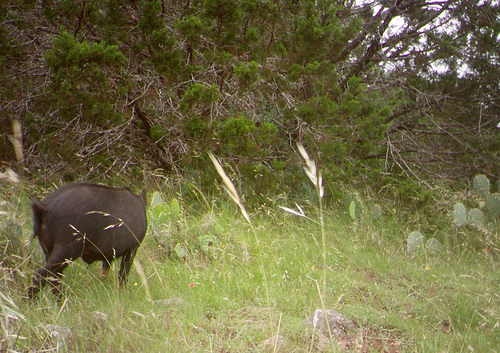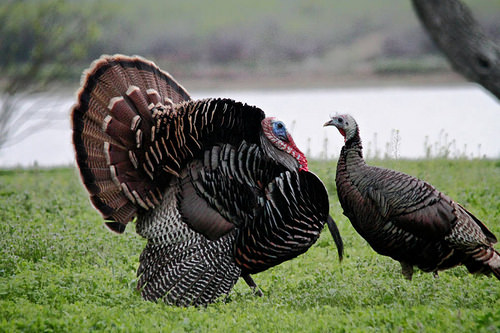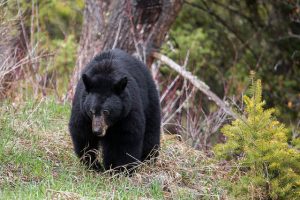A recently completed project by the USDA-APHIS-Wildlife Services in the state of Texas uncovered another, perhaps little known, threat to wild turkeys in the state: feral hogs.
As we head through the month of April, many of us are chomping to get out in our turkey blinds and get after some thunder chickens. At the same time, turkeys are beginning their spring courtship rituals in an attempt to attract a mate, build nests and eventually raise their young.
As part of the study, researchers established artificial nests and added one egg at each nest site per day, much the same as a hen would in the wild. They then carefully observed the 22 turkey nests over a 15-day monitoring period using trail cameras to capture images of the culprits.

Only two of the nests were able to survive the 15-day period and feral swine were responsible for 25 percent of all depredation events. Other predators such as ravens, racoons and grey fox accounted for the remaining nest depredation occurrences.
Aside from proving how difficult it is for turkeys to successfully raise a brood of young, this study also highlighted yet another way the feral hog population in Texas (and likely anywhere else they reside) is detrimental to so many native species.
For more information about how the USDA-APHIS-Wildlife Service National Feral Swine Damage Management Program is protecting agriculture, natural resources, property, animal health, and human health and safety we invite you to visit their website.




